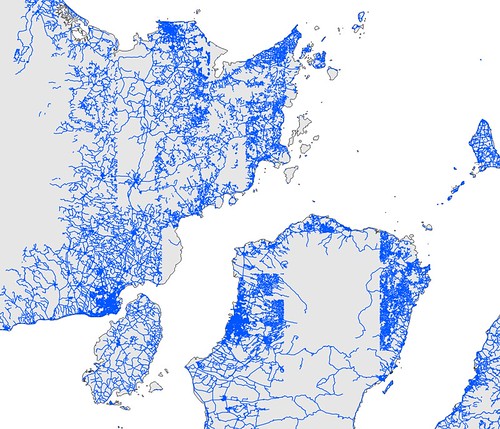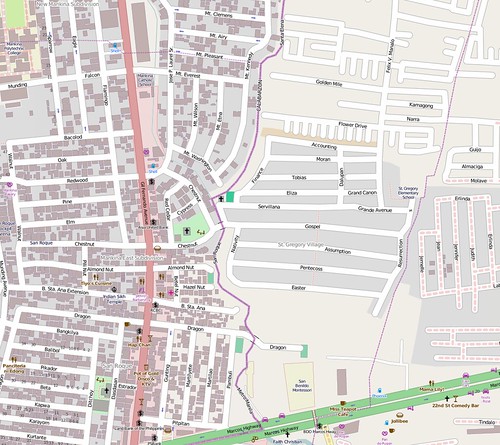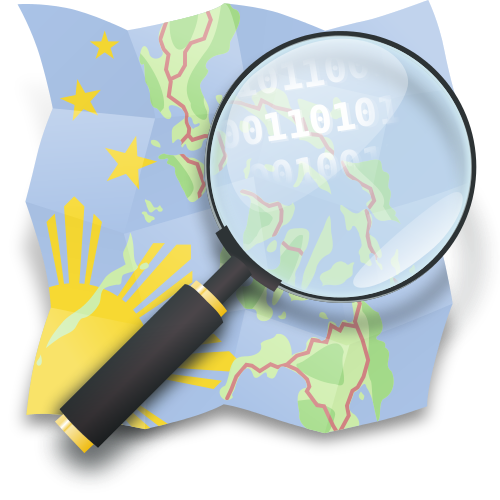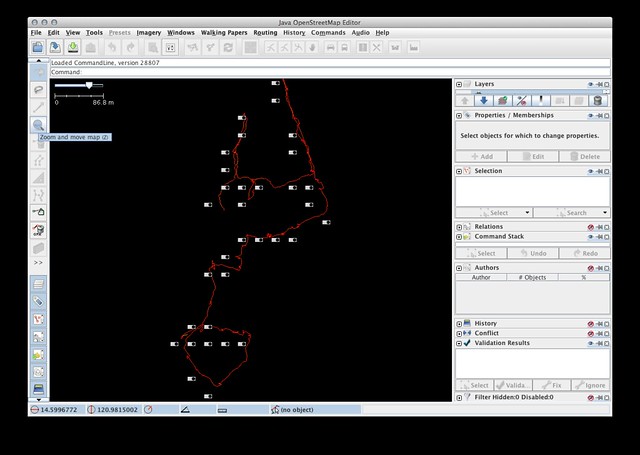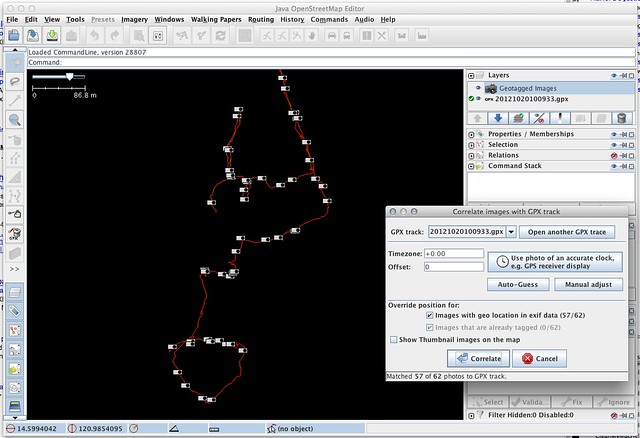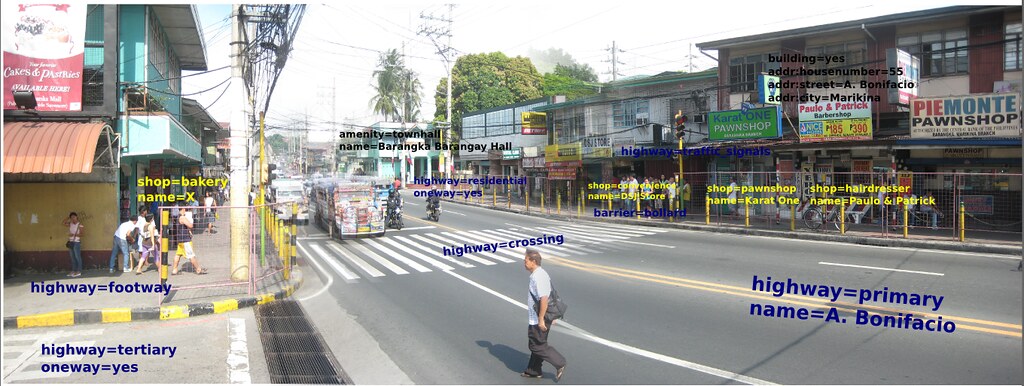(I posted this in the HOT list. Board election is upcoming and voting members were asked to communicate what HOT’s board should focus on in the future. Here’s my appeal)
Dear everyone,
Let me kickstart this. First, no, I’m not running for the board, but here’s what I want HOT to aspire for in the future.
As many have said, we’ve come a long way since we started with the Haiti earthquake response. We have better tools, more capable people, better systems/organization and worldwide recognition. For many areas in the developing world, we are the default map. This is especially true for us in the Philippines where more and more users are utilizing our map across a diverse type of organization (international, national agencies, local government). Having said that, I also see a lot of improvements we can look into within HOT and the larger OSM community. Below are “wishlist” for the HOT community to consider. Note that this is my own perspective having been involved in several humanitarian mapping work(both as a remote mapper and deployments on the ground) in my own country. This is not in the order of priority.
From data consumers to data contributors. Many international organizations are using our data, but, I often wonder, do they contribute back? I know a couple of organizations are doing this (IFRC/ICRC/ARC/BRC, MSF, MapAction to name a few). I think we should consciously encourage these consumers to give back. We are not just a source of free geospatial data, we are a community and they are part of it.
Building local community capacity. We are very good at responding to crisis. For a very short period, we can provide highly accurate data (street and building level detail) to any area in the world, but at the end of every response, have we considered how will the local community (if there is one) curate and continue maintaining the data? I think for every activation we respond to, we should always consider building local capacity. Some countries might not have any local community, but in areas where there is, we should strive to engage with them no matter how small this community maybe. Because ultimately, it will be local community who will maintain what we kickstarted.
Focus more on preparedness over response. MissingMaps, MapLesotho, HOT-Id (and other HOT technical assistance) are doing this already. And I think this is what we should be do more. For areas in the Philippines where we integrate participatory/community-driven mapping for disaster risk reduction, the simple exercise of mapping is a powerful tool to increase awareness on the local hazards and to engage local stakeholders (affected communities, DRR managers, local governments) in a discussion for better preparedness and response. We’ve witnessed instances where pre-mapping as part of the DRR activities allowed better response during a typhoon last year.
Better tools under challenging environment. As I said above, we have better tools now. But offline/very limited connectivity remains a big concern for most of the areas we are responding to. Better and simple tools under this condition should be what we should aim for.
Regional exchange and “mentoring”. I’ve learned a lot when collaborating with other mapping groups under a similar context. Fo example, we had several exchanges with OSM-Indonesia (through HOT’s project), being in a similar hazard context and, in a way, a closely-related culture, I find it that many of the techniques they have developed are applicable to our own condition. Would it be possible for HOT to facilitate this? For example, can MapKibera lead regional mentoring in Africa? Or OSM-Haiti within its region? Oftentimes, mentoring is from the “North” to the “South” or from “West” to “East”. This is also very valuable but lets also consider that there maybe local community experiences which can be shared within the region having the same socio-cultural context that can be more effective and adapted to the local condition.
Hoping the Board and the HOT community can work on some these wishes.



